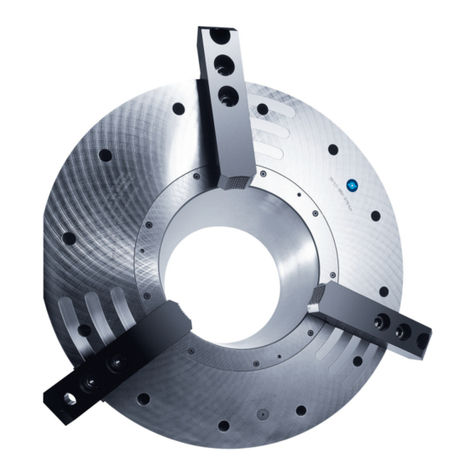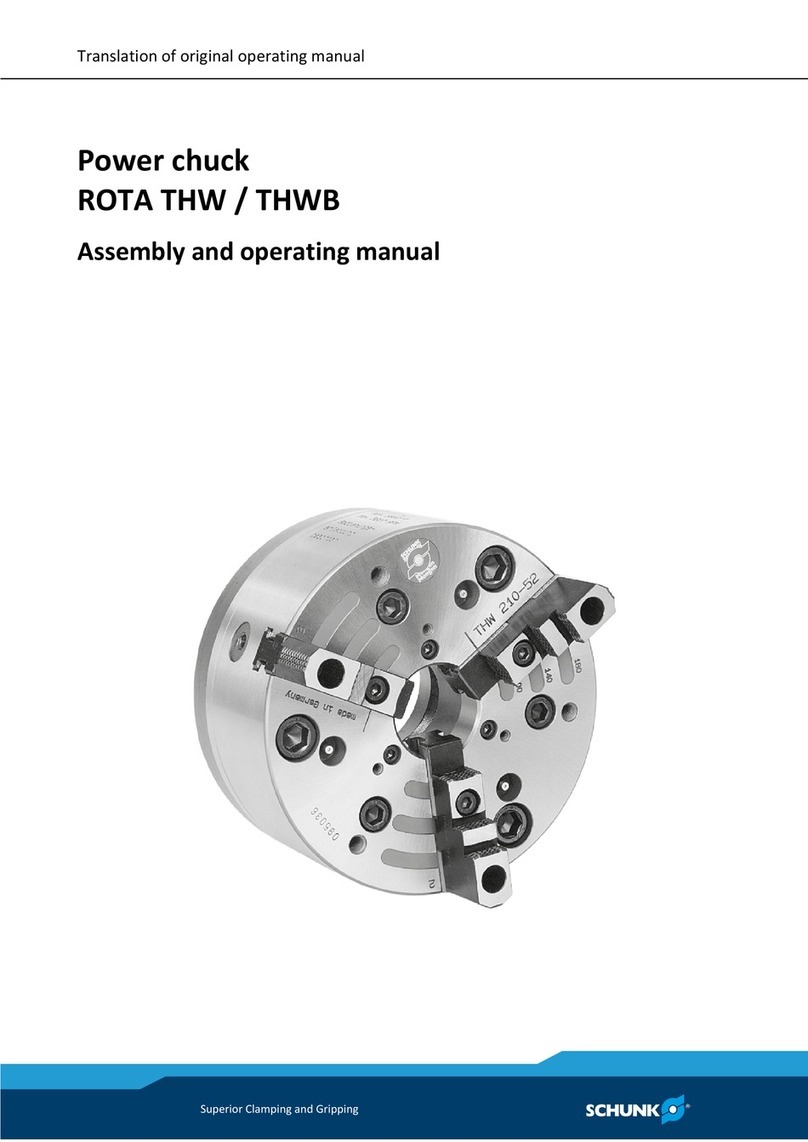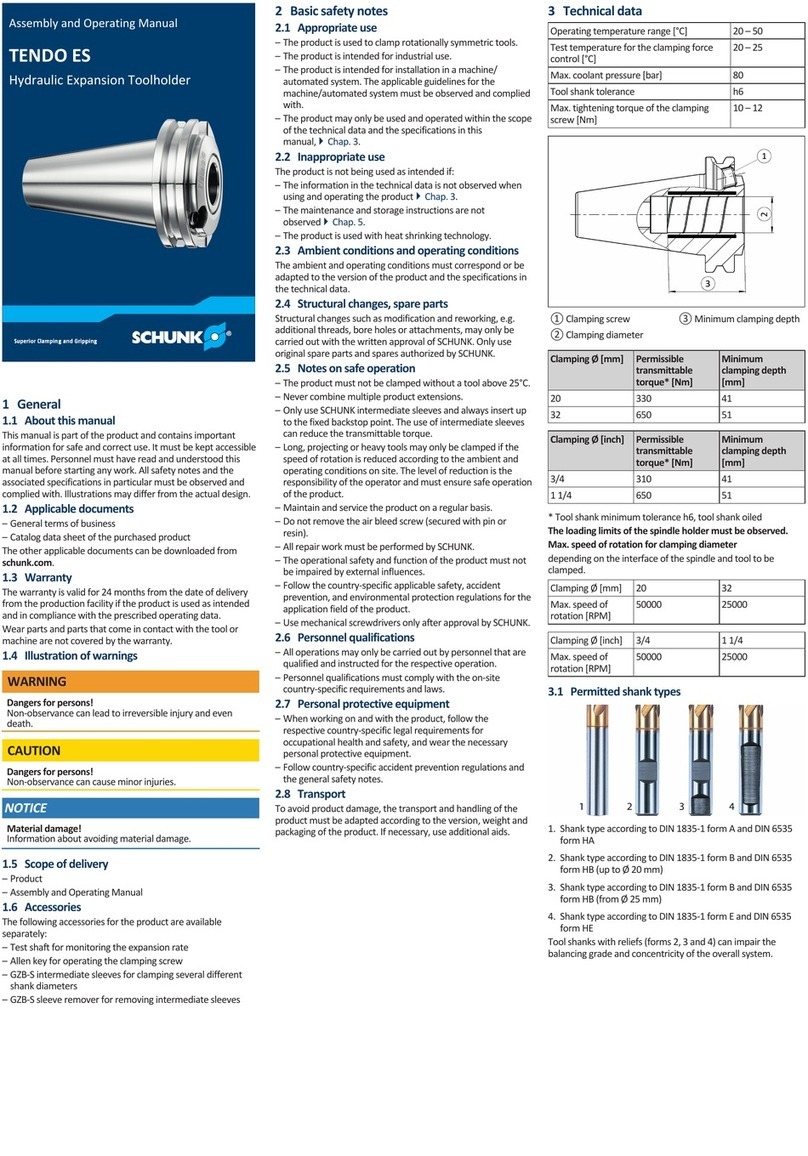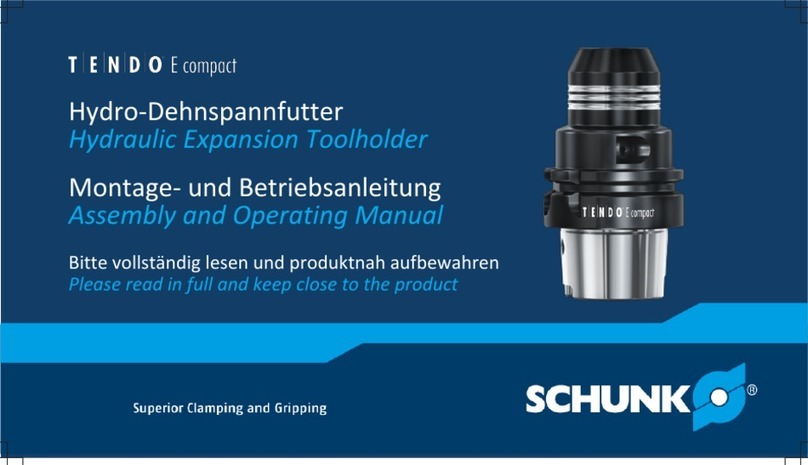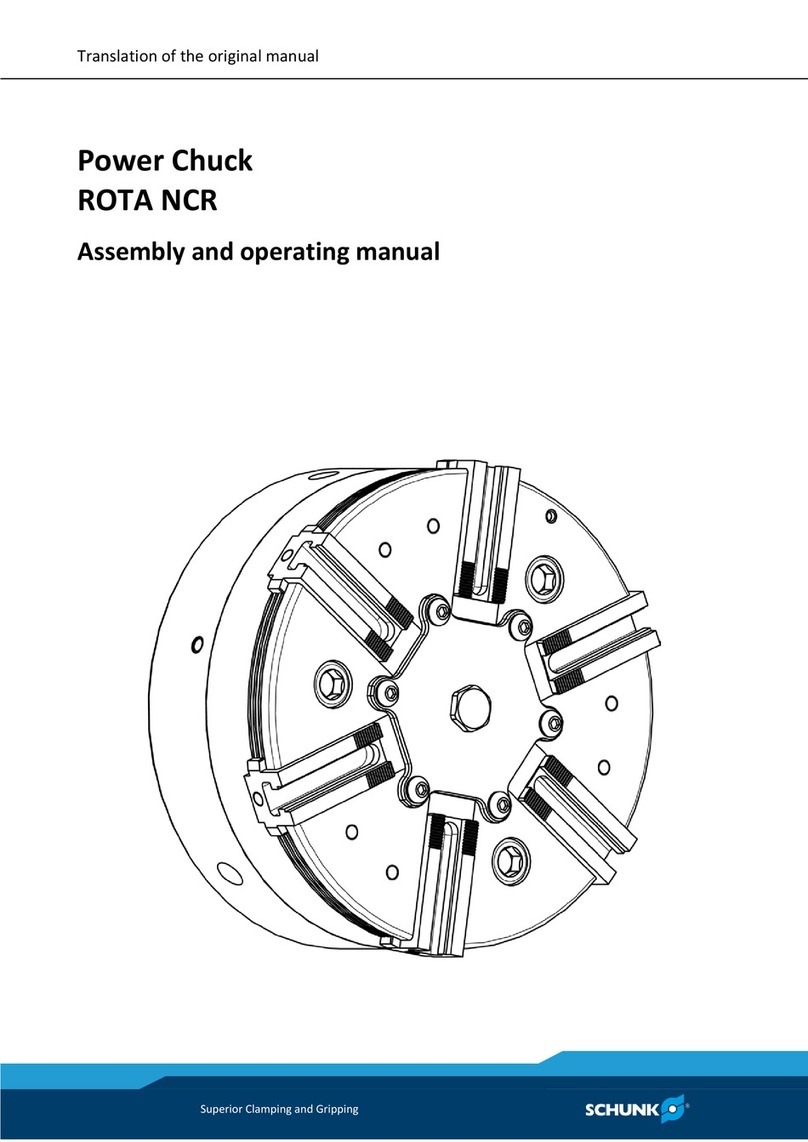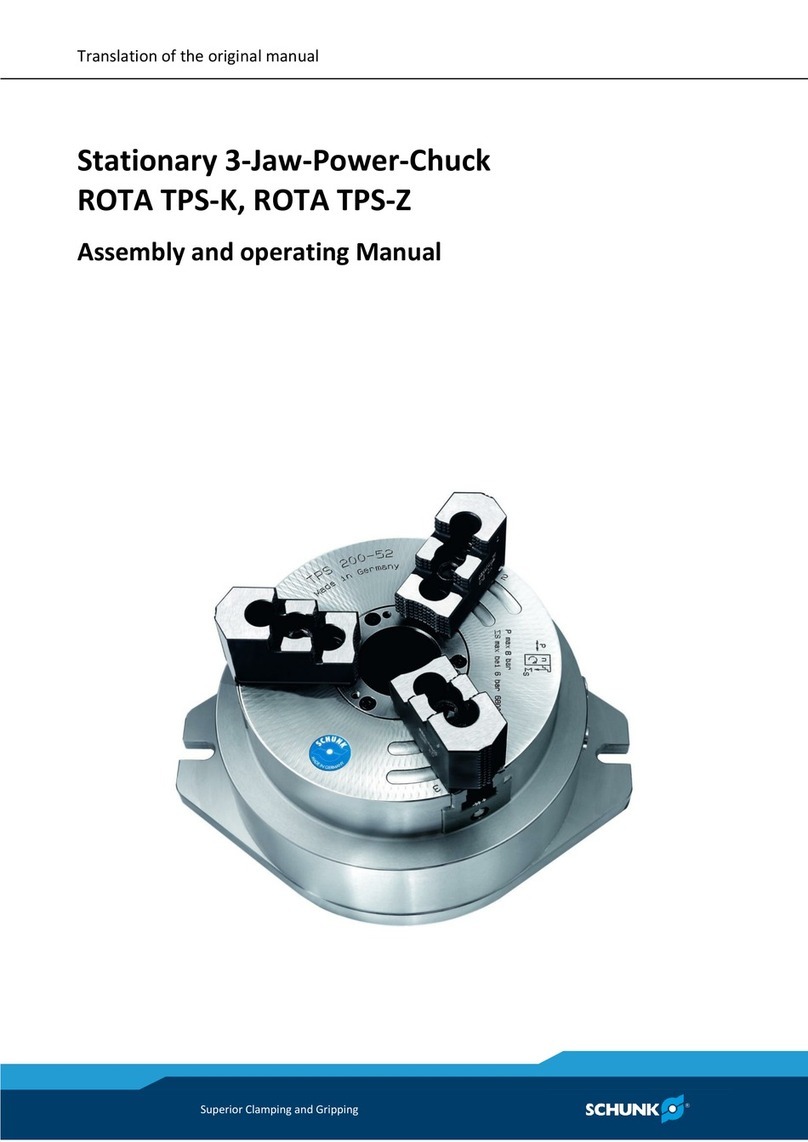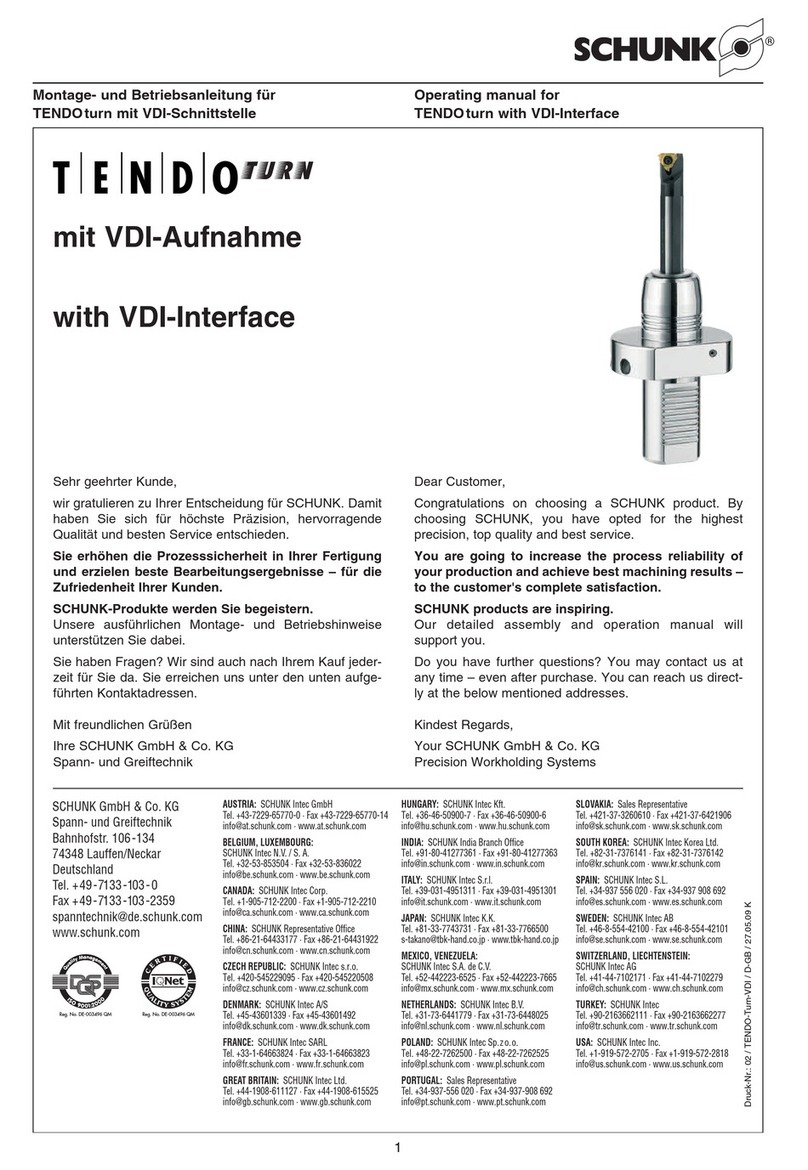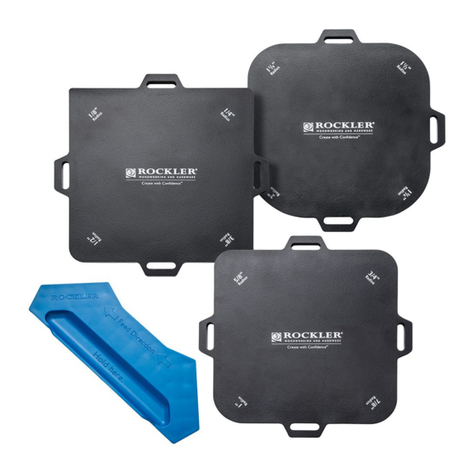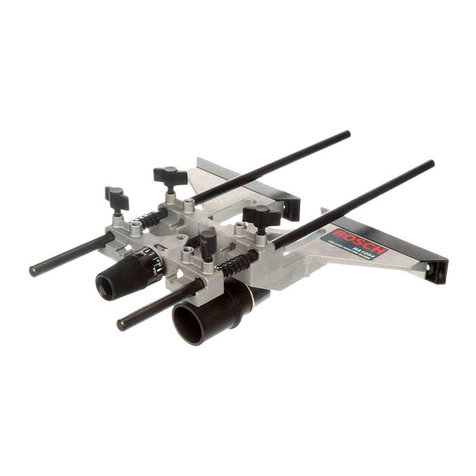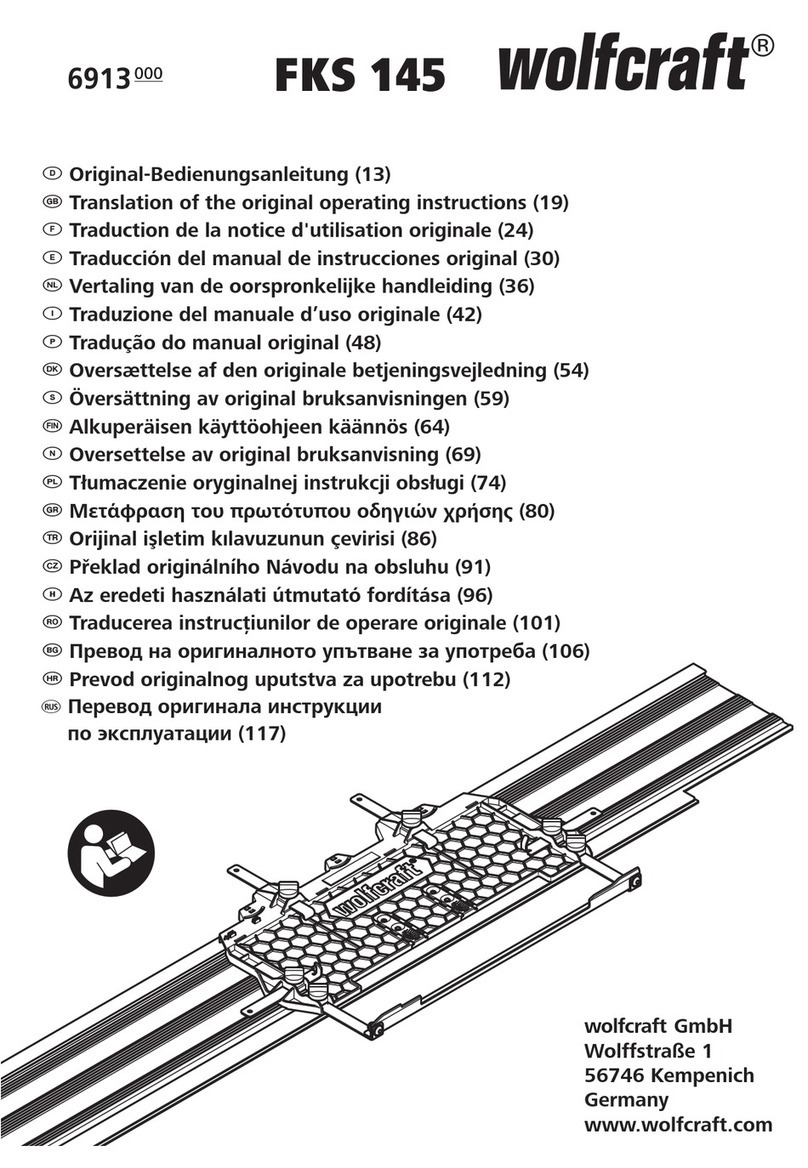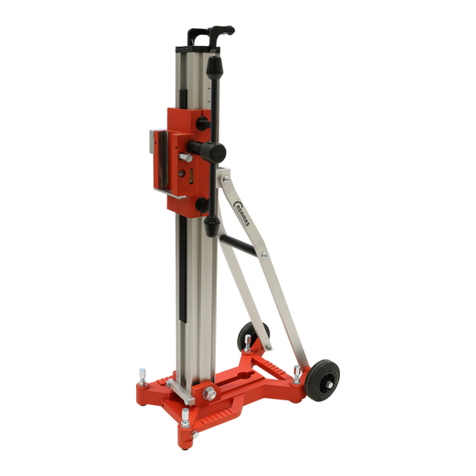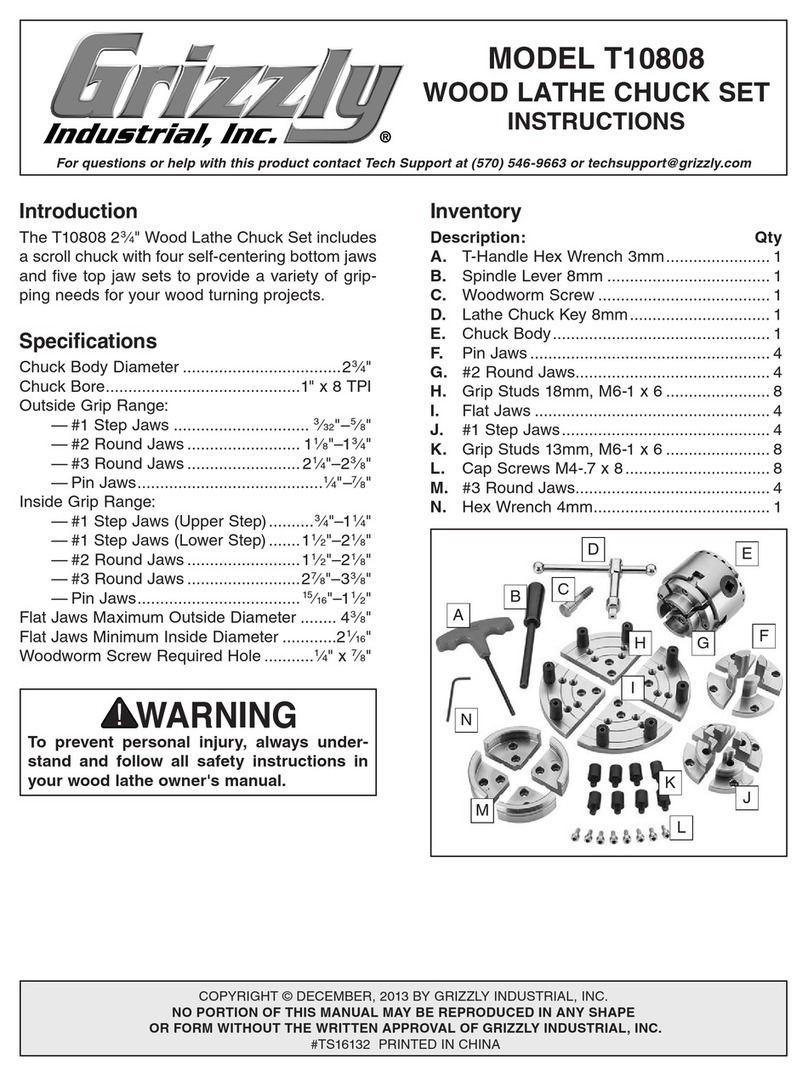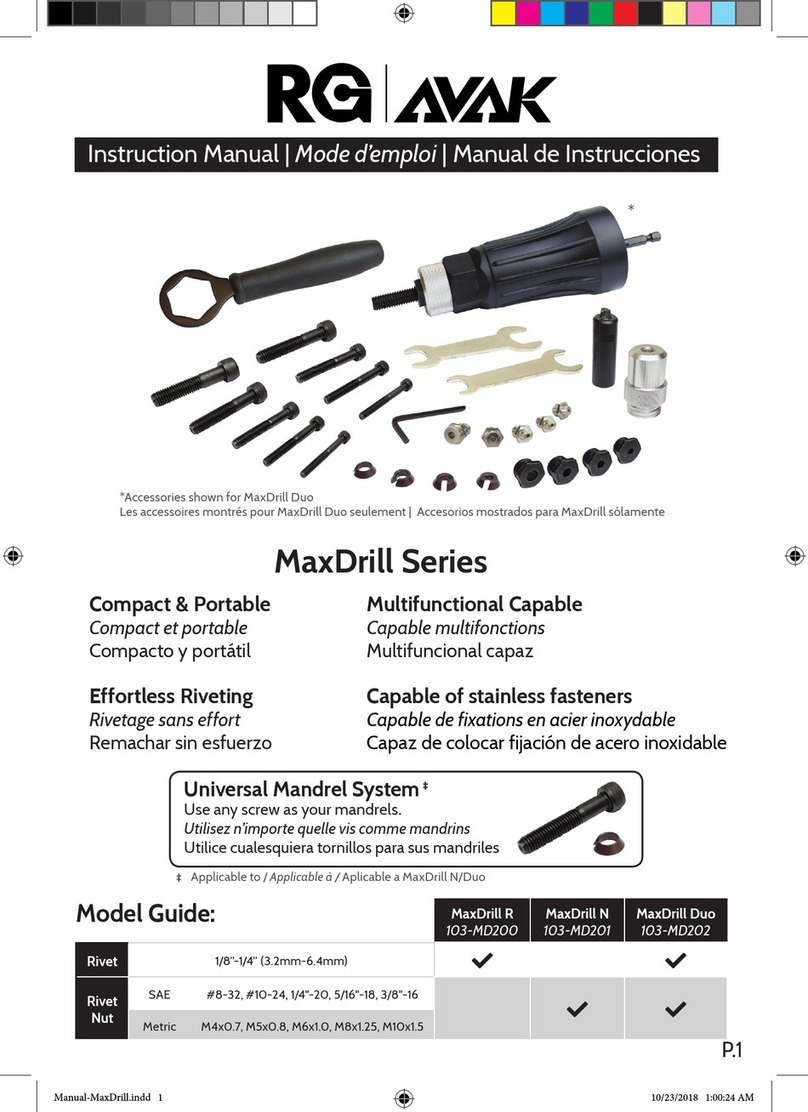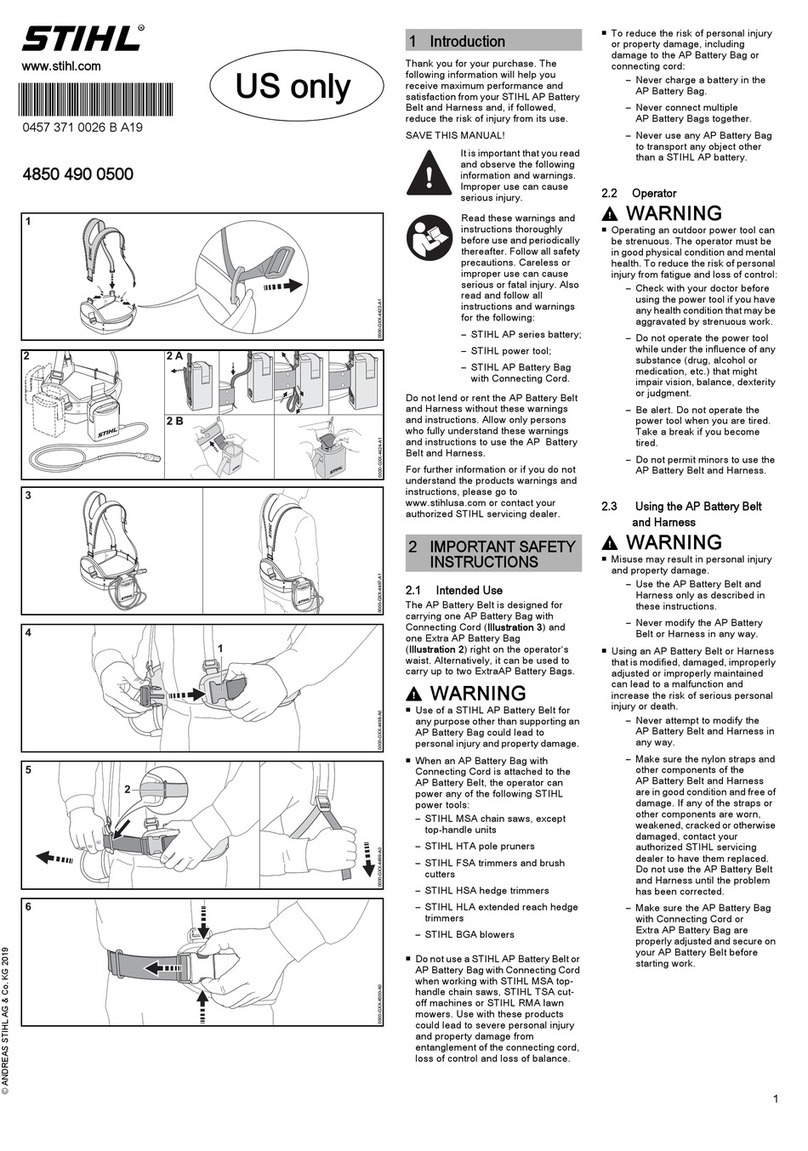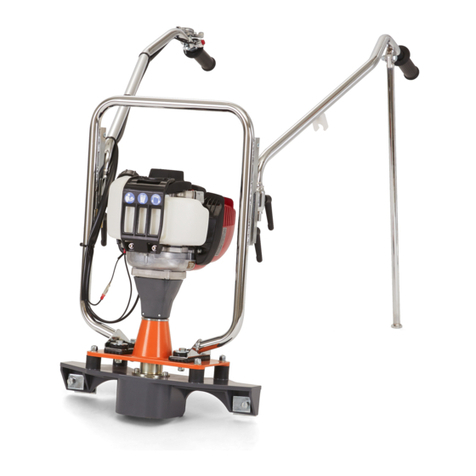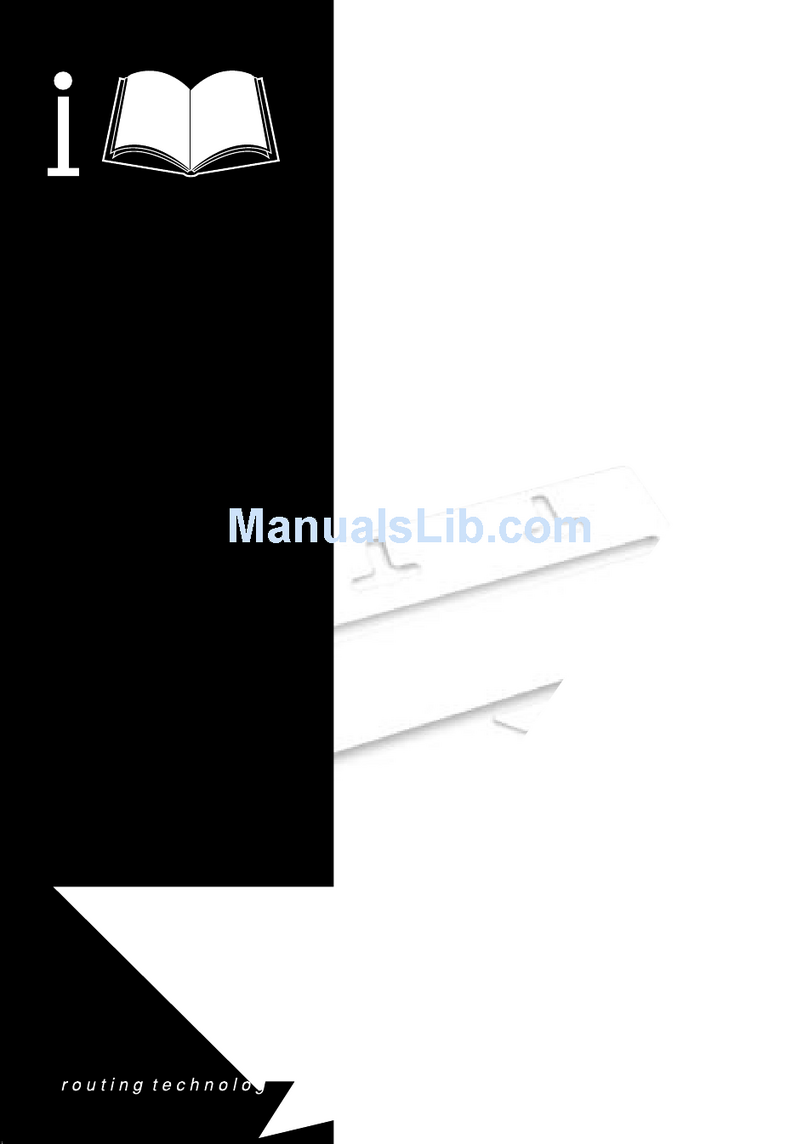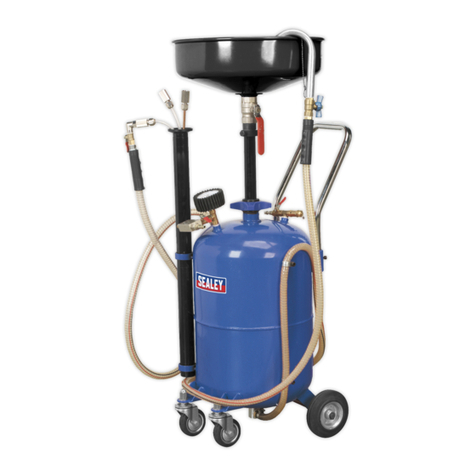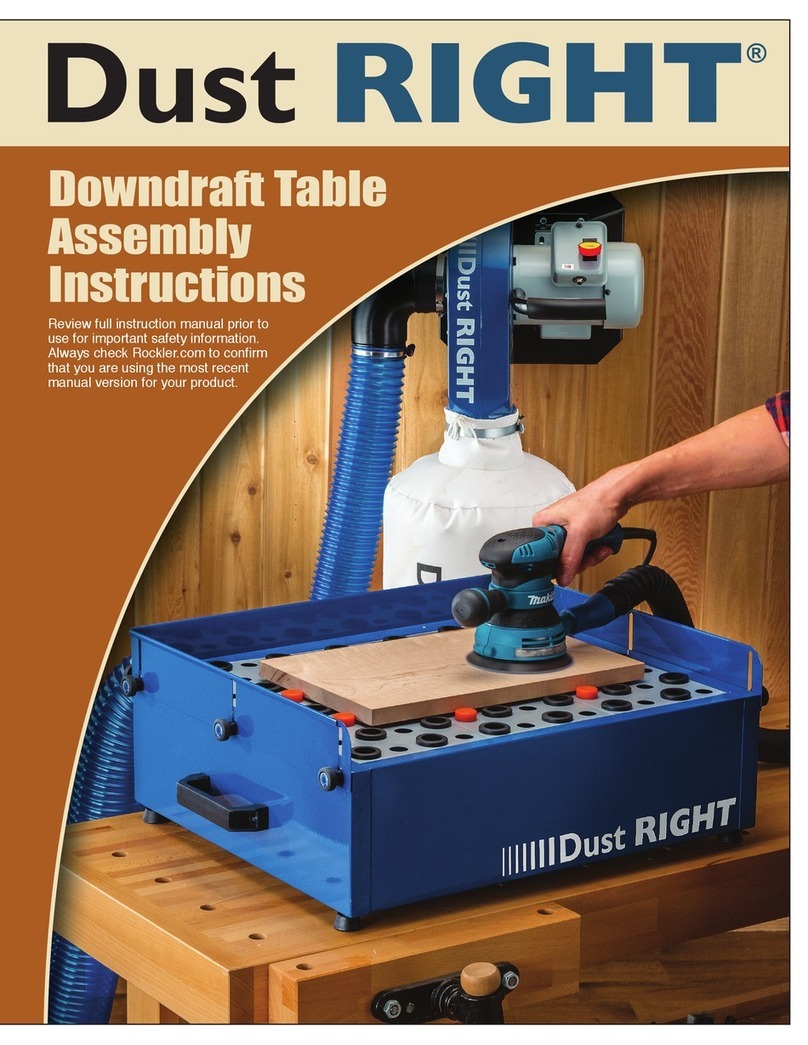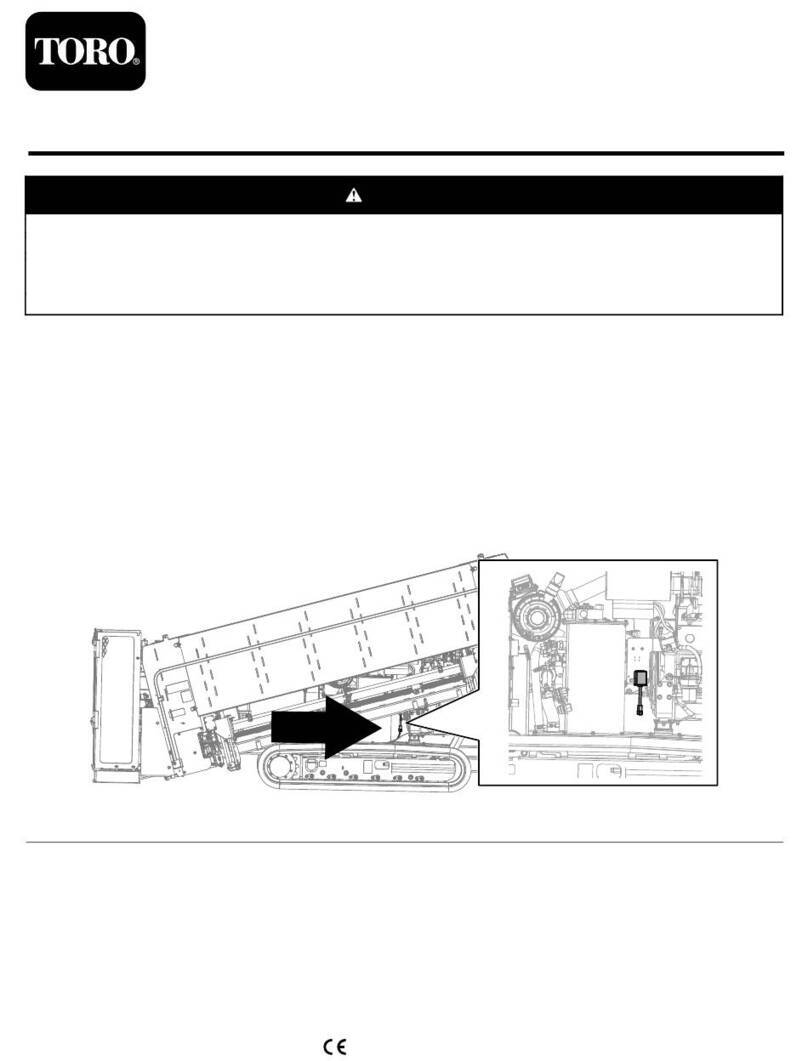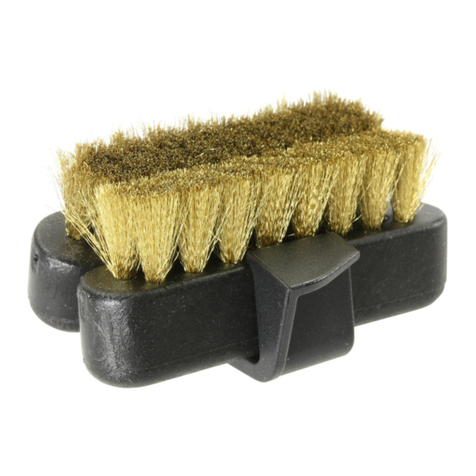Environmental and operating conditions
Required ambient conditions and operating conditions
Incorrect ambient and operating conditions can make the product
unsafe, leading to the risk of serious injuries, considerable material
damage and/or a significant reduction to the product's life span.
•Make sure that the product is used only in the context of its
defined application parameters, (3, Page 18).
•Make sure that the product is a sufficient size for the
application.
•Only use high-quality cooling emulsions with anti-corrosive
additives during processing.
Clamping force tester
Depending on the operating conditions, the function and clamping
force must be checked after a certain period of operation
(7.1, Page 38). Only use a calibrated clamping force tester for
measuring during the clamping force test.
With the smallest possible actuating pressure (clamping cylinder),
the base jaws should move evenly. This method only provides a
limited indication and is not a substitute for measuring the
clamping force.
If the clamping force has dropped too much or if the base jaws and
pistons no longer move properly, the chuck must be disassembled,
cleaned, and relubricated (7, Page 38).
Personnel qualification
Inadequate qualifications of the personnel
If the personnel working with the product is not sufficiently
qualified, the result may be serious injuries and significant
property damage.
•All work may only be performed by qualified personnel.
•Before working with the product, the personnel must have read
and understood the complete assembly and operating manual.
•Observe the national safety regulations and rules and general
safety instructions.
